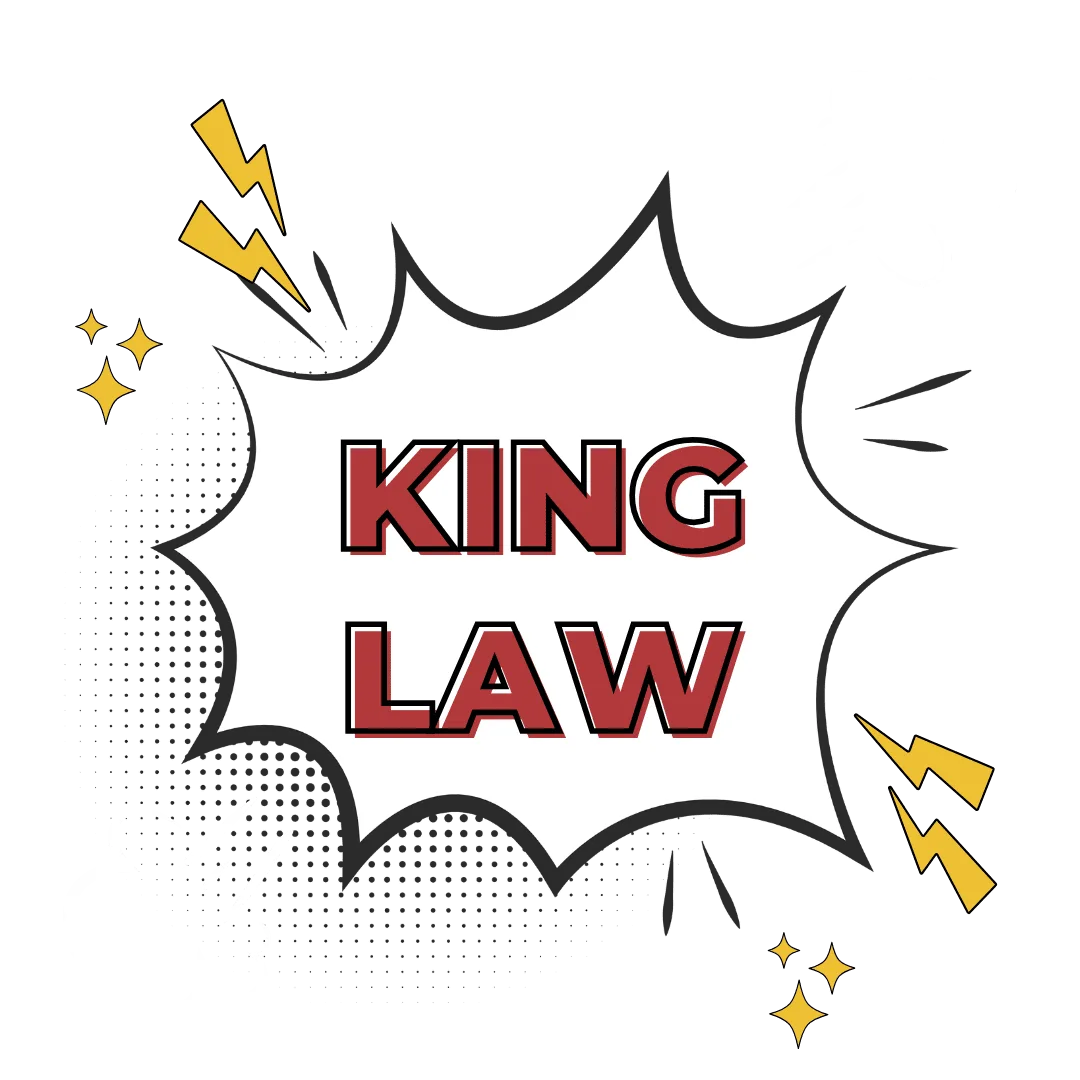If you have been injured as a result of someone else’s negligence you may be eligible for compensation by way of a personal injury claim or lawsuit. In order to succeed in your personal injury claim is it necessary that you have proof of who was at fault for the car accident. However, this is not immediately easy or intuitive. This article will discuss a few car accident scenarios and how fault can be apportioned to each scenario with advice from a Crowson Law Group attorney.
Immediately after a car accident it is easy to suspect that you were at fault or that another person was to blame for the accident and yet such immediate assumptions may not match with the facts that become manifest in the days and weeks to follow. The Crowson Law Group attorney stated that, “it is easy to assume that you were at fault immediately after the accident due to being in shock or your nerves acting up. In addition, aspects such as not having seen the other driver may lead you to believe that you were at fault for the accident. However, it is of the utmost importance to have the facts of the whole accident before acknowledging or accepting fault.”
One of the easiest types of accidents to determine fault is a rear-end collision. This is whereby two vehicles are traveling or pointed in the same direction when the vehicle behind hits the back of the vehicle in front. It is common for rear-end accidents to happen at traffic lights, stop signs or while both vehicles are moving in traffic. In the majority of cases relating to rear-end accidents the driver tailing the vehicle is the one at fault because of the “safe following distance” rule. This rule basically requires drivers to leave enough space between their vehicle and the vehicle ahead of them to allow them a safe stopping distance in the case of an emergency or when roads are slippery. The logic behind the tailing driver being at fault is that had the driver followed the ‘safe following distance’ rule there would have been no collision in the first place. However, there are some instances where the lead driver may be at fault; for example, where the lead driver accidentally puts the vehicle in reverse and backs into the following driving.
In side impact accidents a vehicle hits the side of another vehicle either directly or at an angle. Side-impact accidents are often common at intersections where one or both drivers fails to yield the right of way or neglects to obey traffic signs or signals. Determining who is at fault in a side impact accident largely depends on how the accident happened. Where a driver clearly runs a red light or stop sign and crashes into another vehicle, clearly determines who was at fault. However, whereby a driver cuts in front of another driver who is turning, the driver cutting ahead is at fault. In addition, side impact accidents that happen at intersections can be a result of defective vehicles such as failing brakes; in this regard fault is shifted to the vehicle manufacturer or the last repair team that worked on the vehicle.
For legal advice and representation in your personal injury case resulting from a car accident contact the King Law Firm today.
About the company:
The King Law Firm is a law firm of renowned professionals who specialize in personal injury matters. The law firm has a track record of success in personal injury claims and lawsuits and come highly recommended by their clients.
Contact Information:
Address:The King Law Firm
19400 Business Center Drive, Suite 102Northridge
CA 91324
Telephone:(805) 448-4306
Fax:(818) 527-1185
